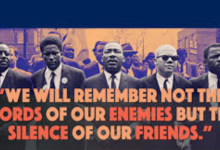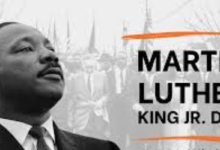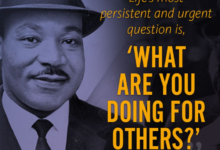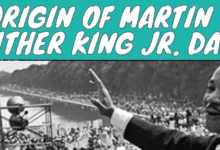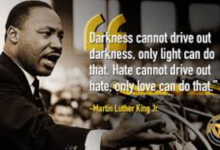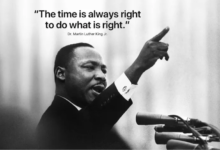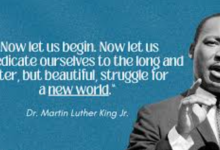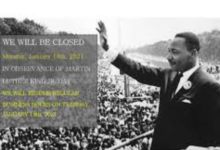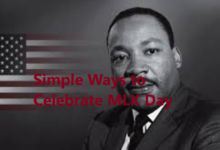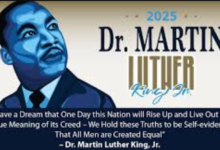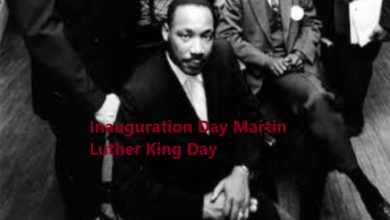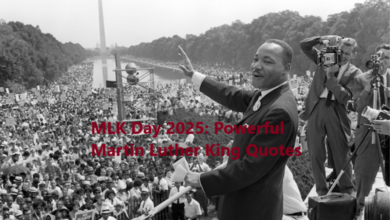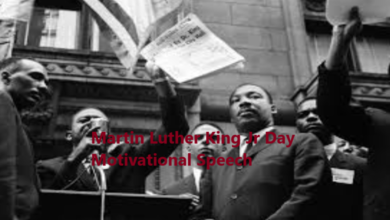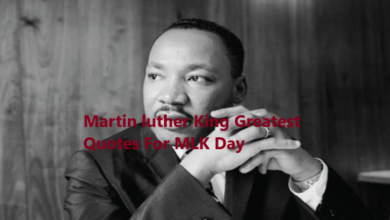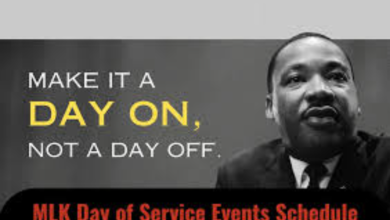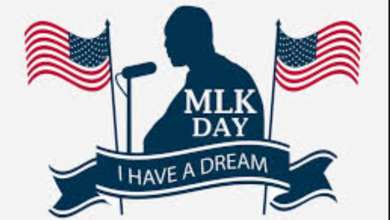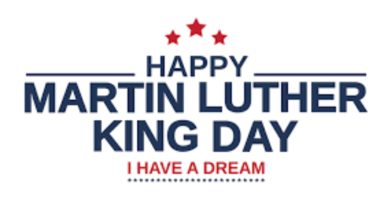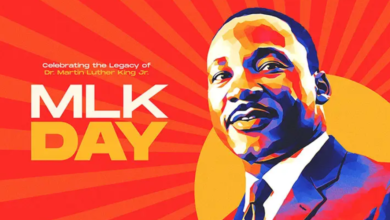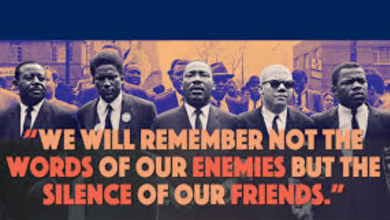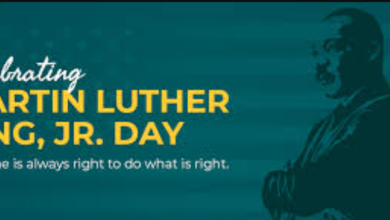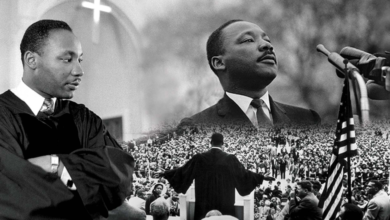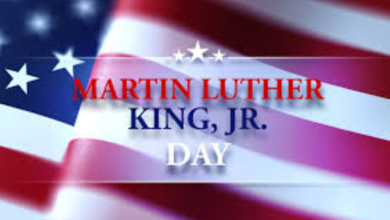Martin Luther King Assembly Ideas 2025
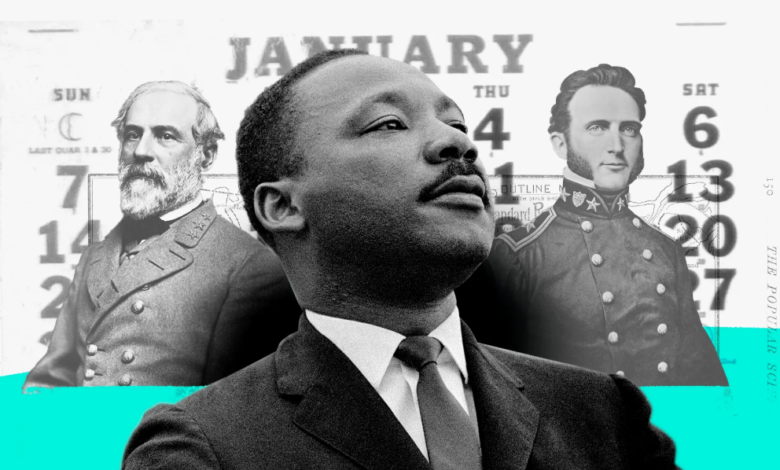
Dr. Martin Luther King Jr. has left an indelible mark on history, redefining equality, justice, and nonviolence. Celebrating his legacy in schools and communities each year allows us to educate, inspire, and spark meaningful conversations among students and families alike. Planning a Martin Luther King Jr. Day assembly in 2025 can go beyond reflection—it can serve as a platform to empower students to carry forward his values into their own lives.
If you’re organizing an assembly and are looking for engaging, thoughtful ideas, you’ve come to the right place. This guide is packed with assembly ideas designed to educate, inspire, and actively engage students at all grade levels.
Why Hold a Martin Luther King Jr. Assembly?
Holding a Martin Luther King Jr. assembly is more than commemorating history; it’s about inspiring action. Assemblies are an opportunity to:
- Highlight the life and achievements of Dr. King.
- Promote discussions around racial equality, justice, and nonviolence.
- Cultivate empathy and engage students in meaningful dialogue.
- Empower the younger generation to contribute to societal change.
Planning a thoughtful assembly can turn passive listeners into active participants, instilling values that align with Dr. King’s vision.
Assembly Theme Inspiration
A strong theme can set the tone for your assembly and tie all the ideas together. Here are a few meaningful themes for 2025:
- “Dream Big, Act Boldly”
- “Equality Through Unity”
- “Walking in Dr. King’s Footsteps”
- “Voices of Change”
- “The Power of Nonviolence”
The theme you choose will help focus your activities and message for the assembly while providing a cohesive narrative for students to follow.
Engaging Martin Luther King Jr. Assembly Ideas
Here’s a variety of assembly ideas to help you create an inspiring program that is both educational and interactive.
1. Host a Student-Led Speeches Segment
Empower students to research and reflect on Dr. King’s speeches. Invite them to write and present their own short speeches inspired by his message. Whether it’s reciting famous quotes or discussing how his ideals apply to modern-day struggles, this activity helps students connect with his words on a personal level.
- Pro Tip: Provide prompts like “What does equality mean to me?” or “How can I be a leader for change?” to spark creative thinking.
2. Reenact Historic Moments
A reenactment of pivotal moments, like the “I Have a Dream” speech or the Montgomery Bus Boycott, brings history to life. Students can portray figures from the Civil Rights Movement while narrating their stories and significance.
- Age Adaptation: For younger students, keep it simple with key milestone reenactments. Older students can work on more elaborate recreations with costumes and props.
3. Dr. King’s Dream Wall
Set up a bulletin board or interactive display where students and teachers can contribute responses to “What’s your dream for the world?” Encourage them to write or draw their dreams on cards and tack them to the wall. This not only allows them to reflect on Dr. King’s vision but also makes them feel part of a shared mission.
- Virtual Twist: For schools with remote learners, create a digital “dream wall” using an app like Jamboard or Padlet.
4. Invite Guest Speakers
Bring in local leaders, activists, or historians who can share their perspectives on Dr. King’s impact and how his legacy remains relevant today. Engage them in a Q&A session with students to deepen understanding.
- Alternate Option: Host a virtual session with notable figures if in-person guest speakers are unavailable.
5. Highlight Lesser-Known Civil Rights Leaders
While Dr. King is central to discussions, introduce other prominent civil rights figures like Rosa Parks, John Lewis, Ella Baker, and Bayard Rustin. This helps students understand the collective effort behind the movement and recognize others who contributed profoundly to change.
- Idea: Include short student-led presentations or skits to honor these individuals.
6. Create an Interactive Timeline
Set up stations around the auditorium with photos, documents, and excerpts that chronicle the Civil Rights Movement. Students can walk through history, exploring key milestones that shaped equality in America.
- Engagement Tip: Add QR codes linking to multimedia content, like videos of Dr. King’s speeches or related documentaries.
7. Musical Performances and Poetry Readings
Music and poetry were key elements in the Civil Rights Movement. Incorporate performances of impactful songs like “We Shall Overcome” and “Lift Every Voice and Sing.” Similarly, students can read inspirational poems or create their own.
- Poetry Prompt: “Write a poem imagining you were marching alongside Dr. King.”
8. Show a Documentary or Film
Engage visual learners by showing age-appropriate documentaries, films, or clips about Dr. King and the Civil Rights Movement. Books like March by John Lewis also provide rich visual narratives that can be adapted for assemblies.
- Suggested Films:
- Our Friend Martin (Great for younger audiences)
- Selma (Ideal for high school students)
9. Community Pledge Activity
End the assembly with a collective pledge to honor Dr. King’s legacy. Have students and staff stand together to recite a pledge for equality and fairness in their daily actions.
- Activity Idea: Follow this with postcards for students to write what they’ll personally commit to doing to uphold the pledge.
10. Recognize Local Change-Makers
Celebrate individuals or organizations in your community who have made notable contributions to equality or social justice. Use storytelling to connect their efforts to Dr. King’s values.
